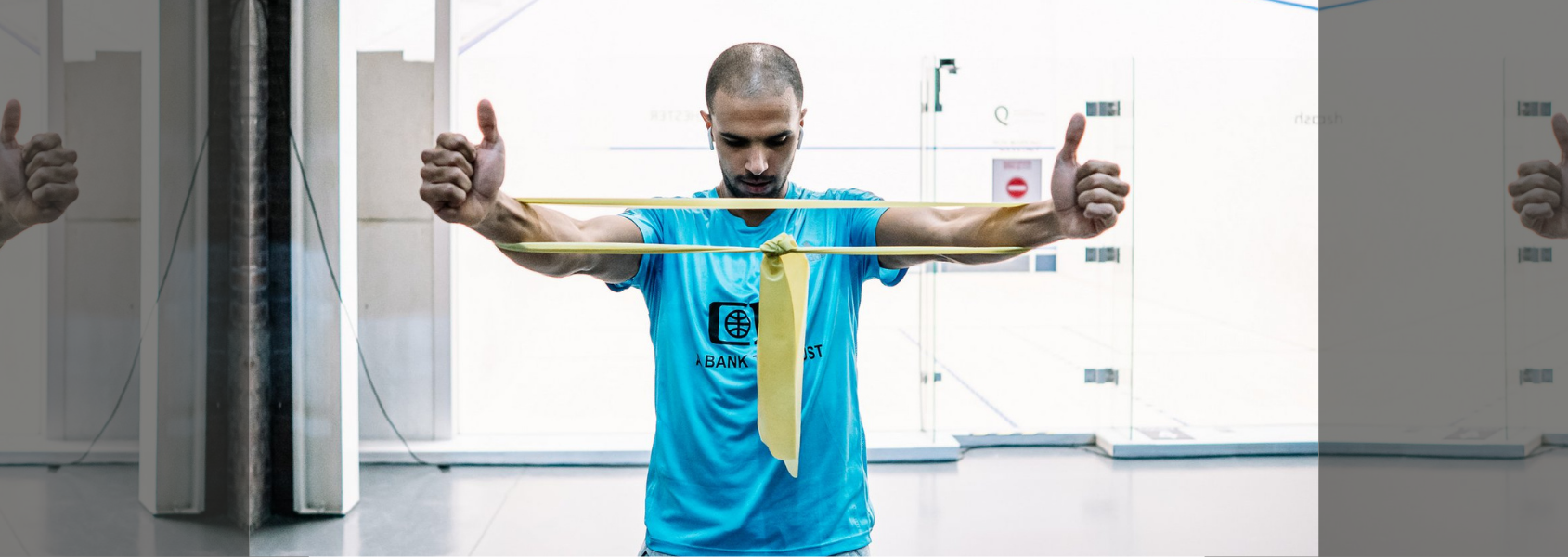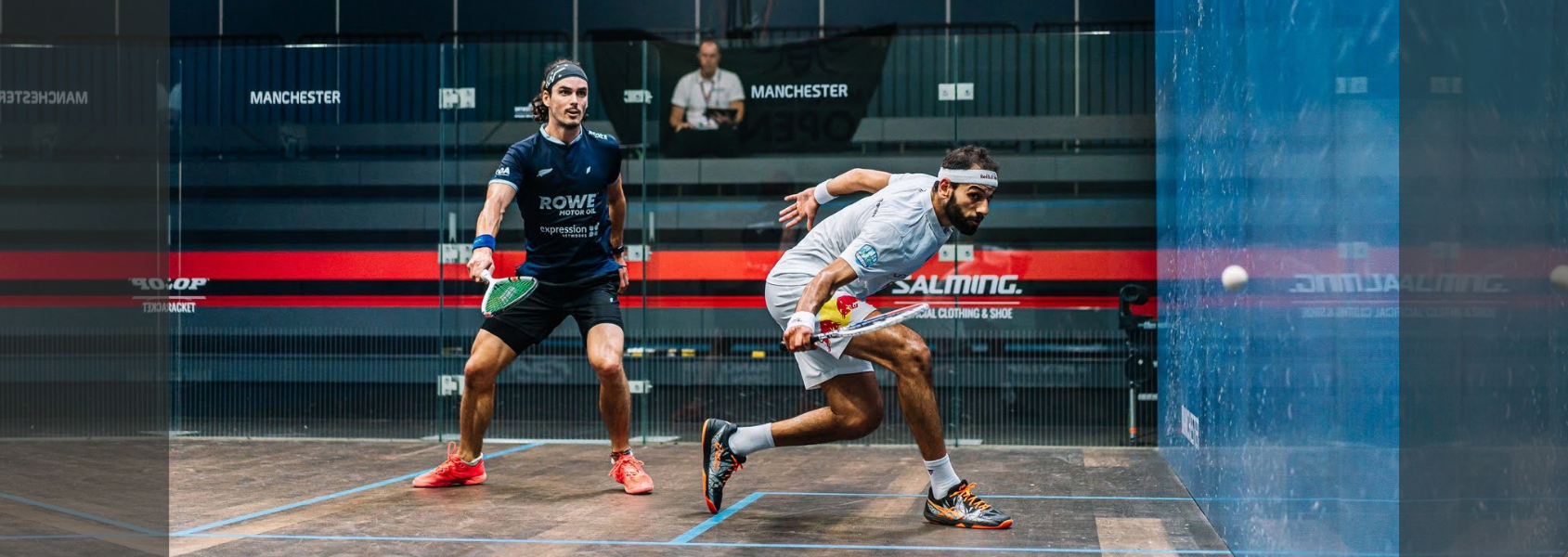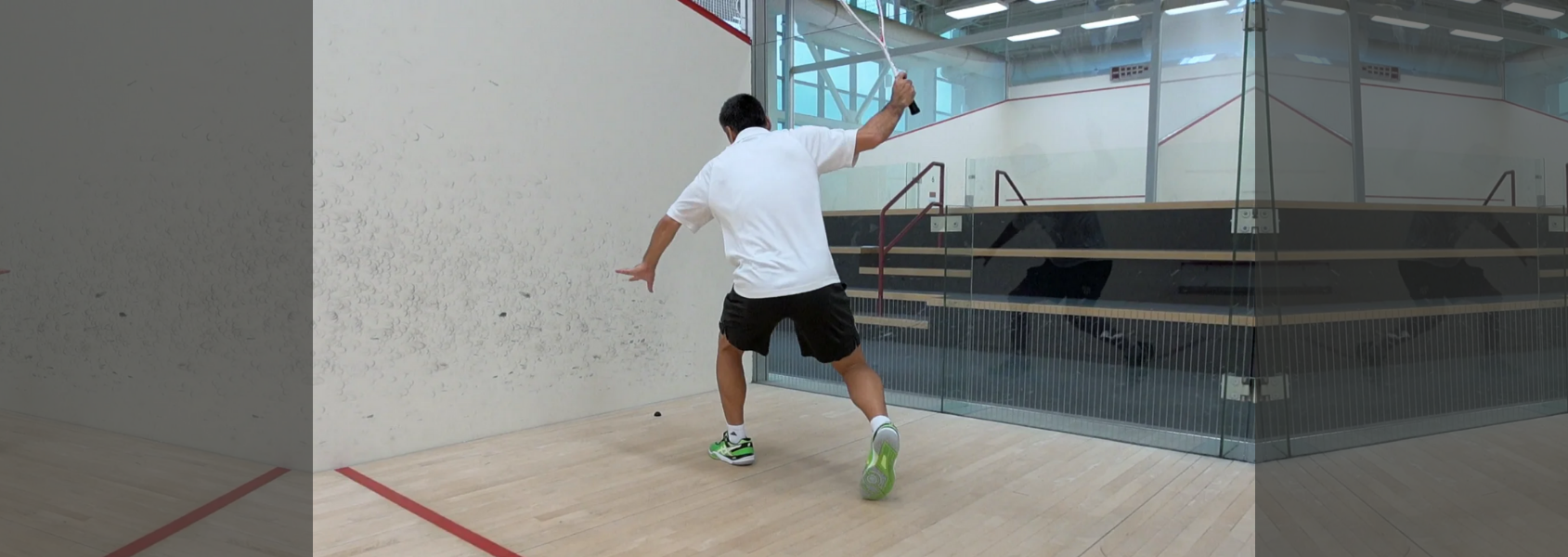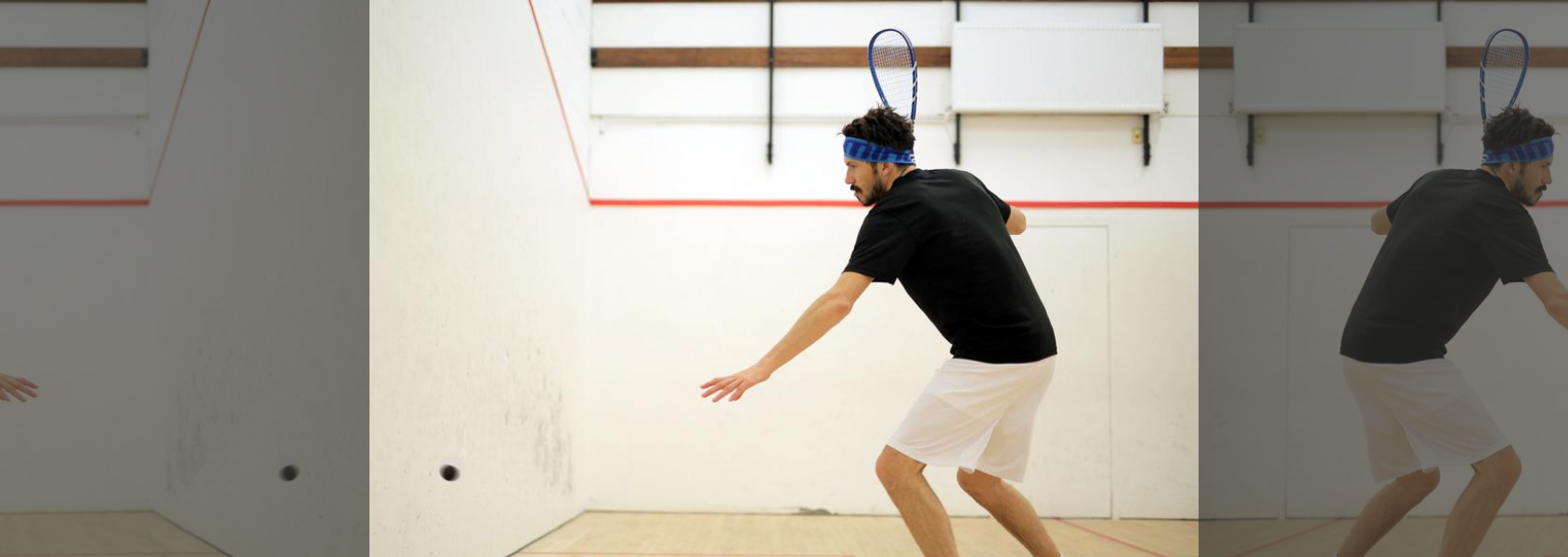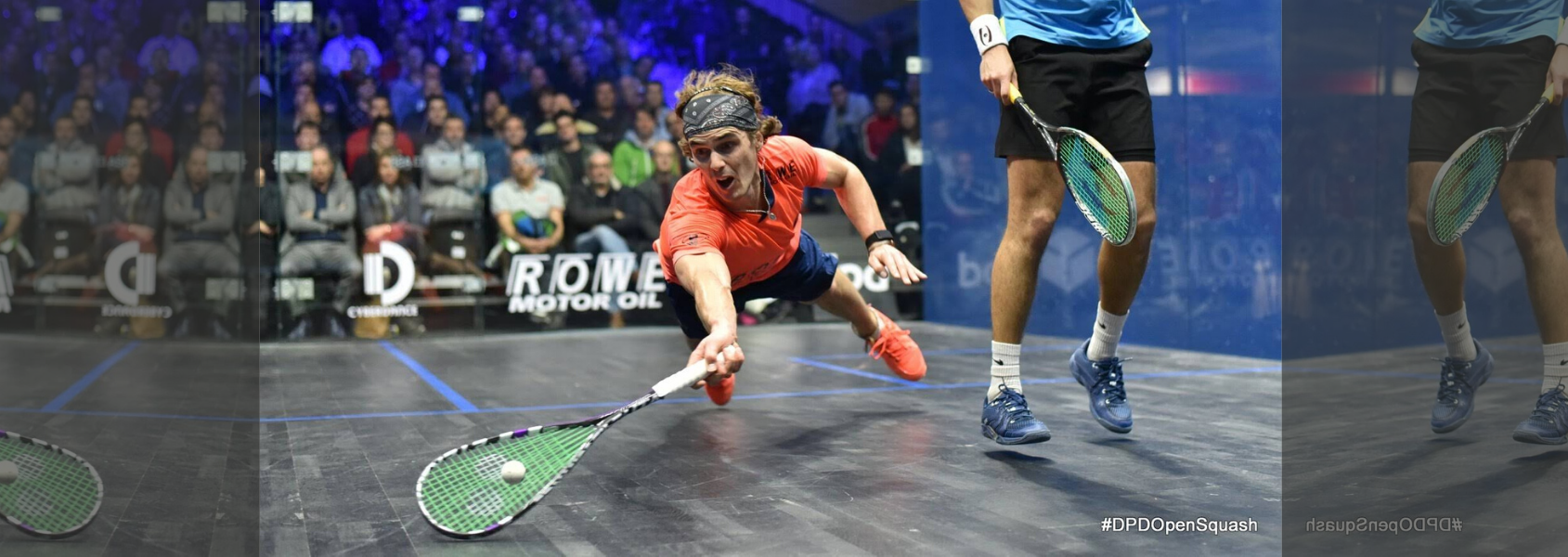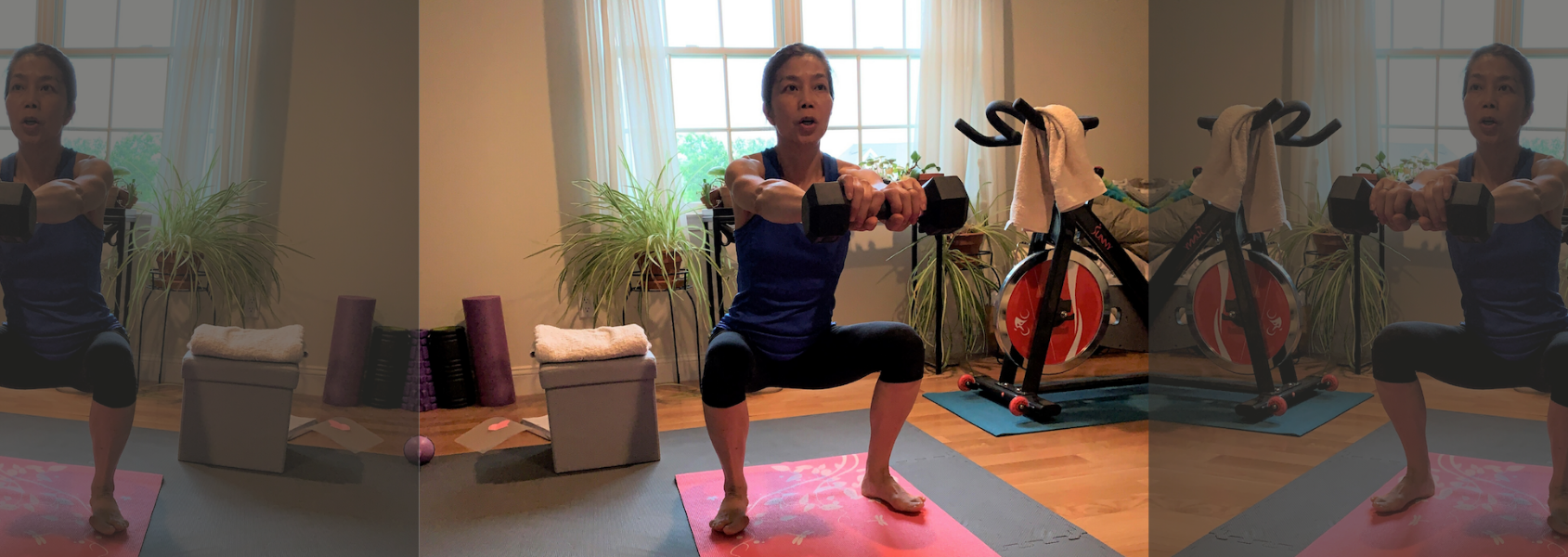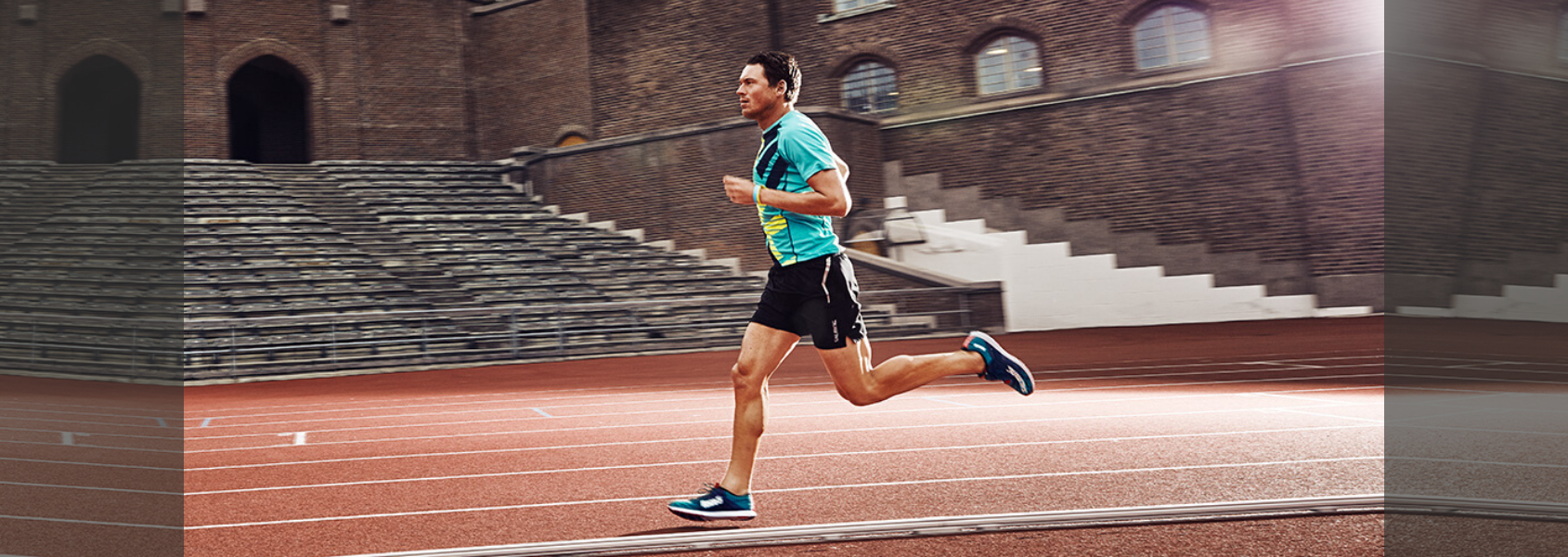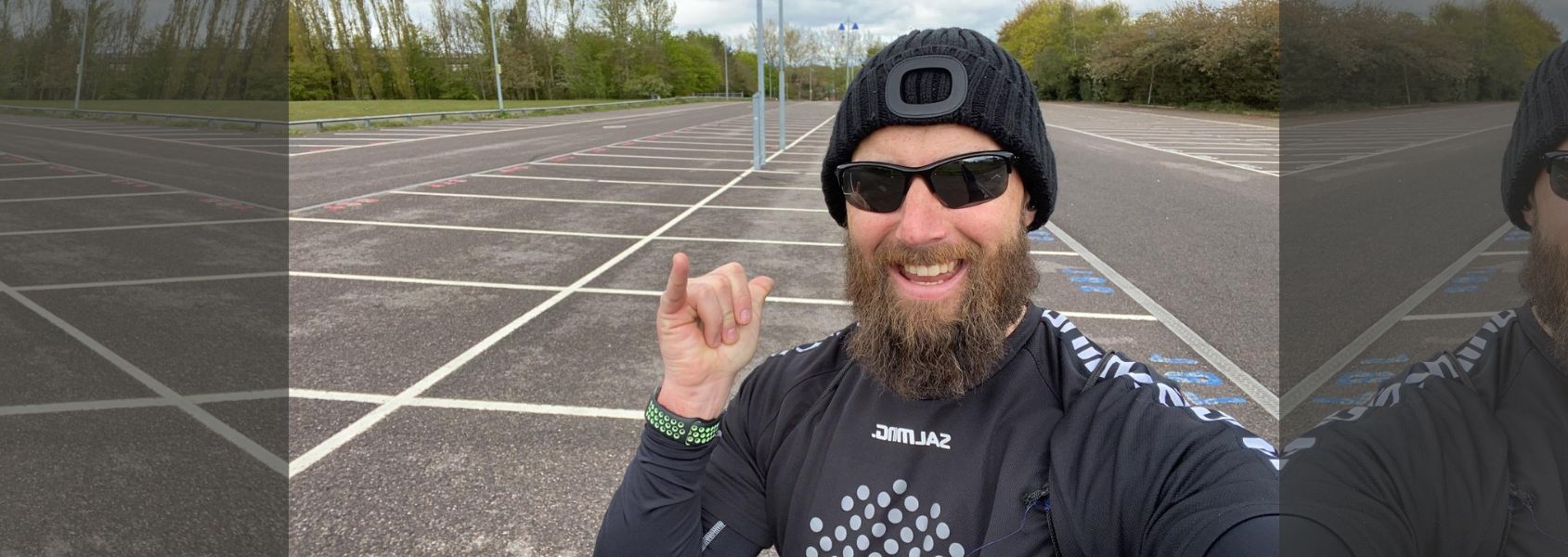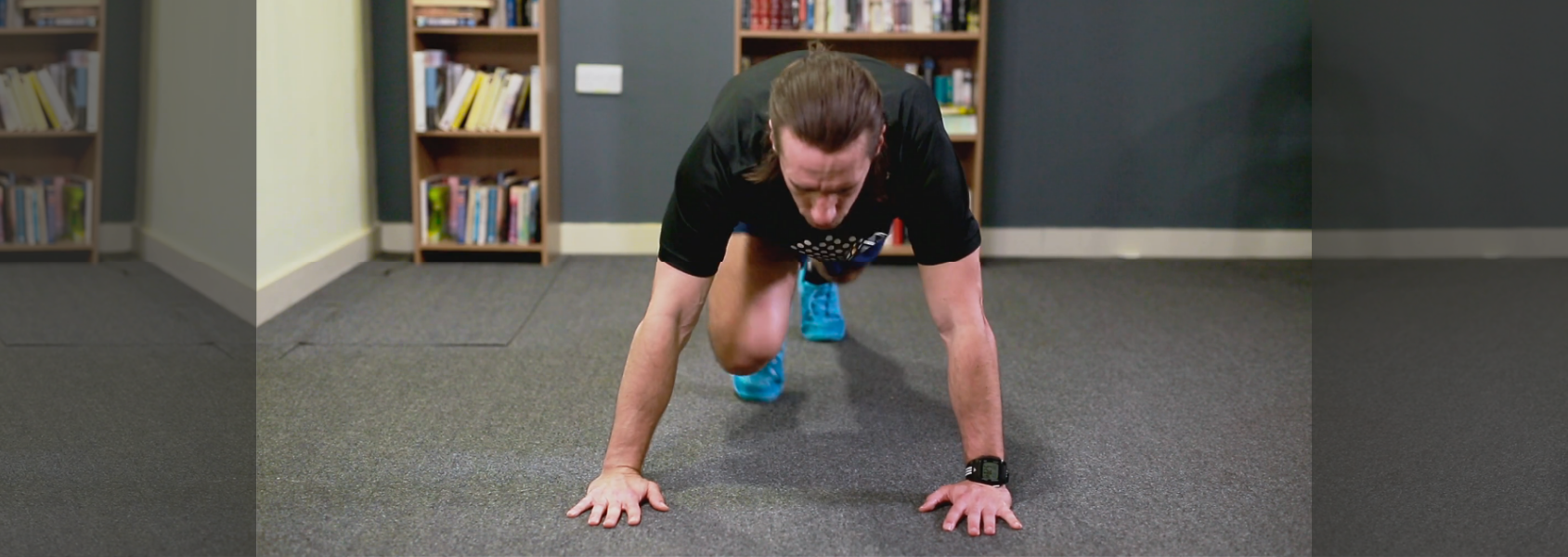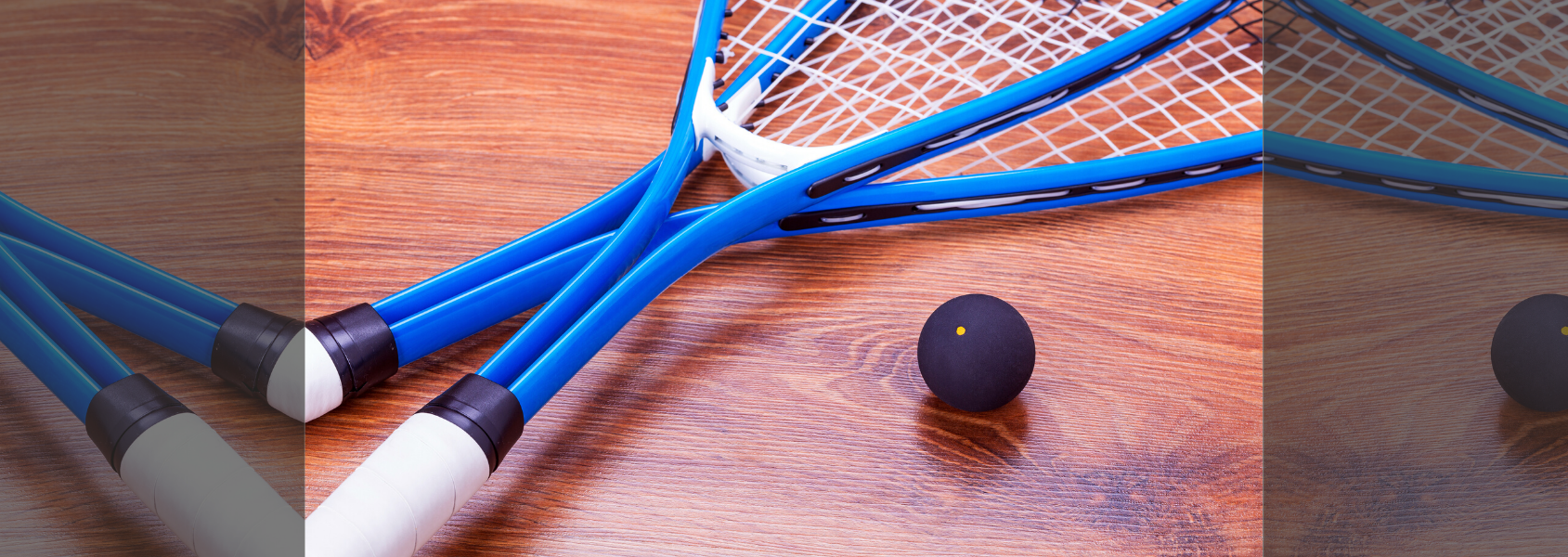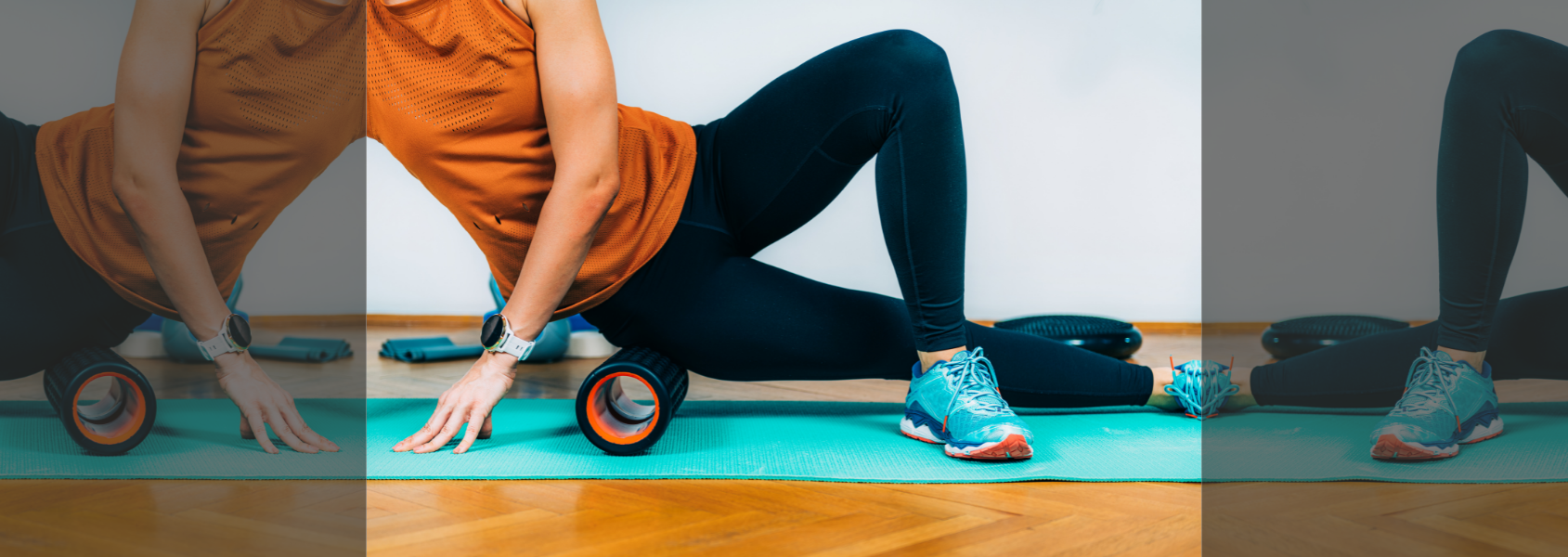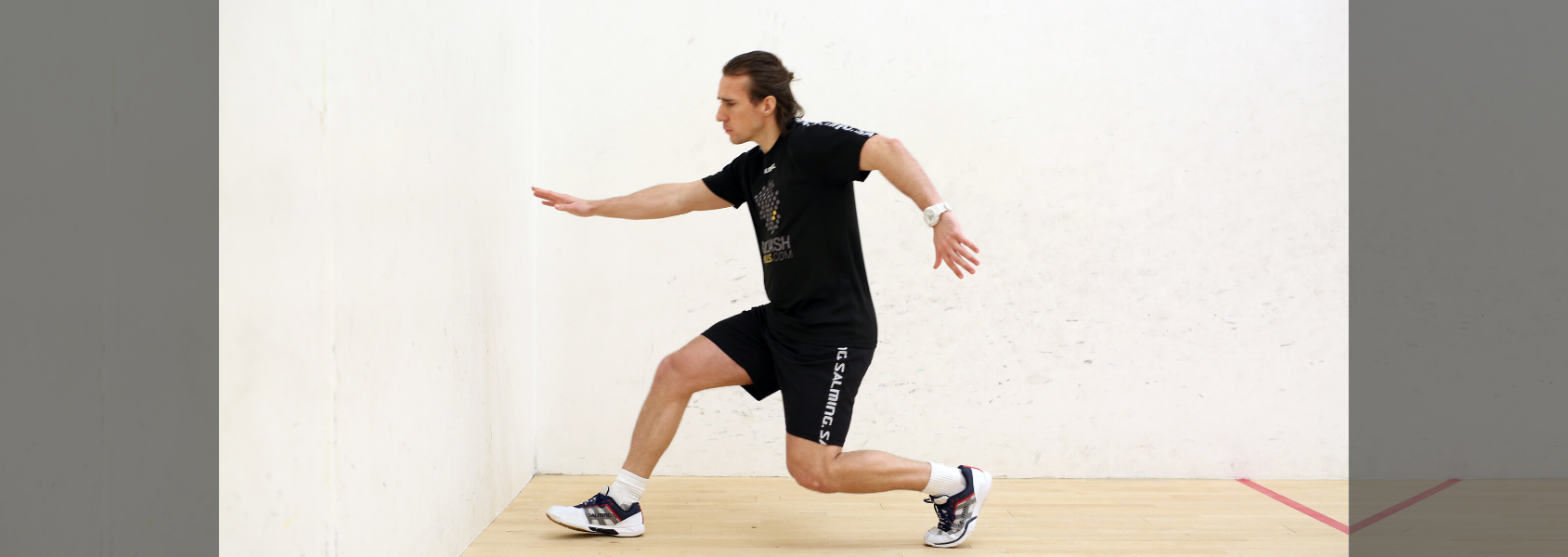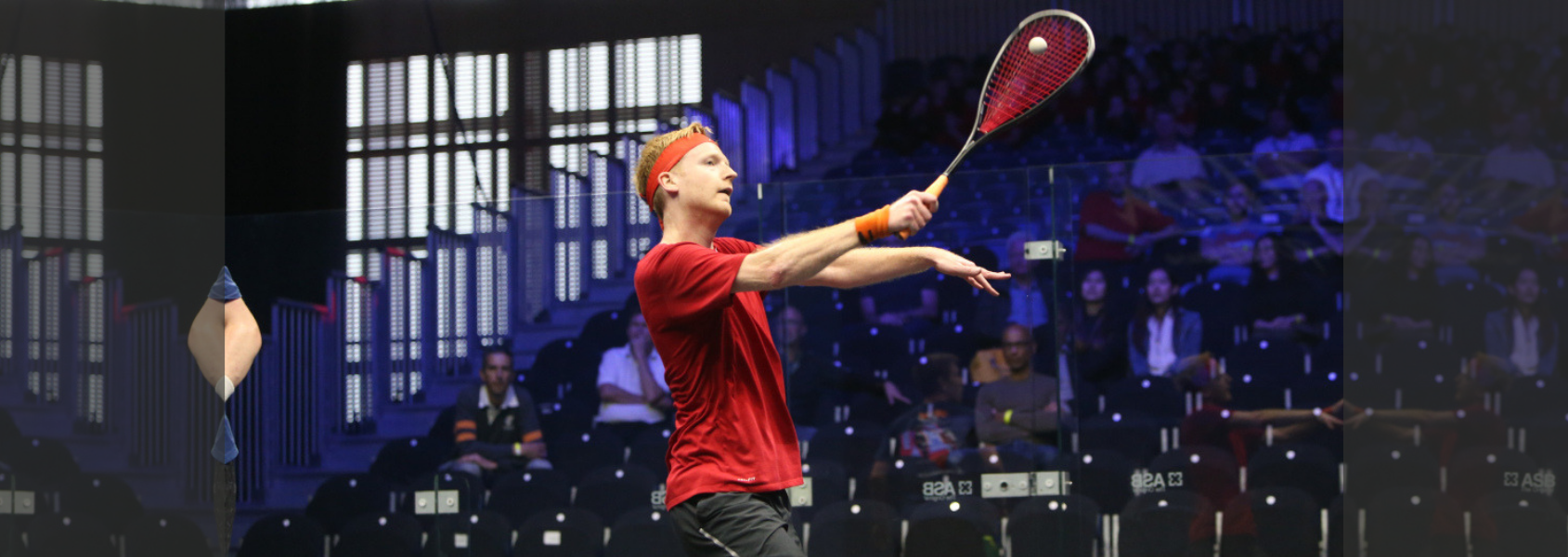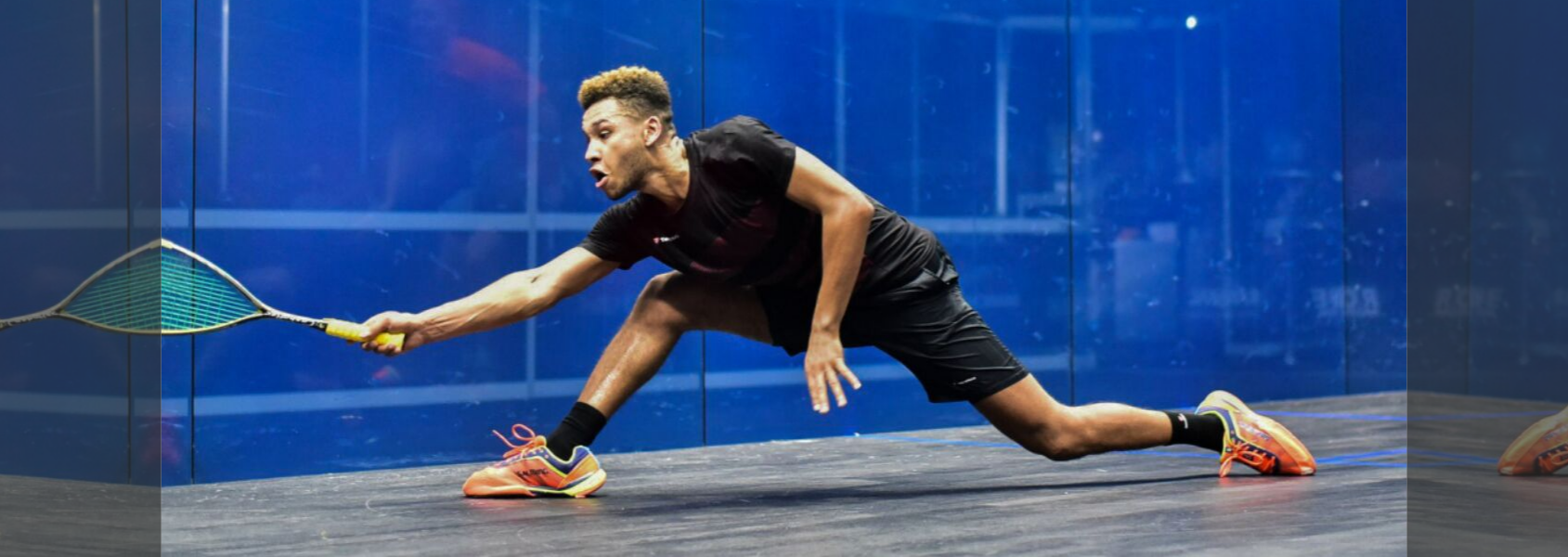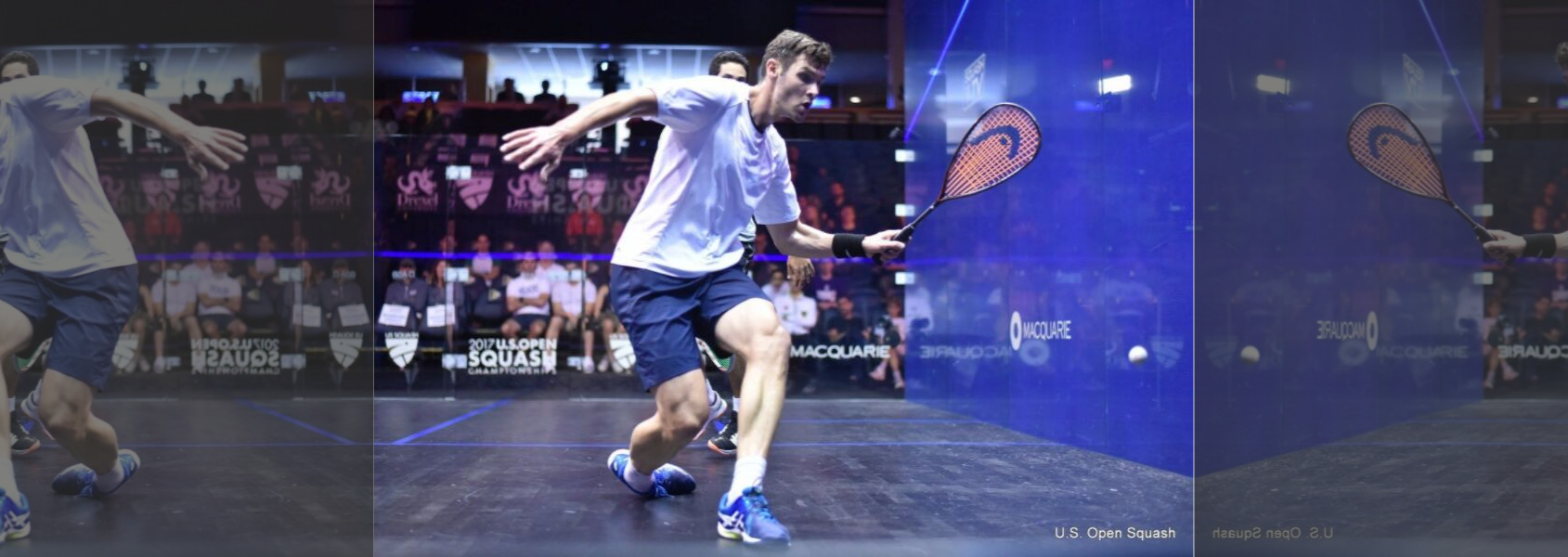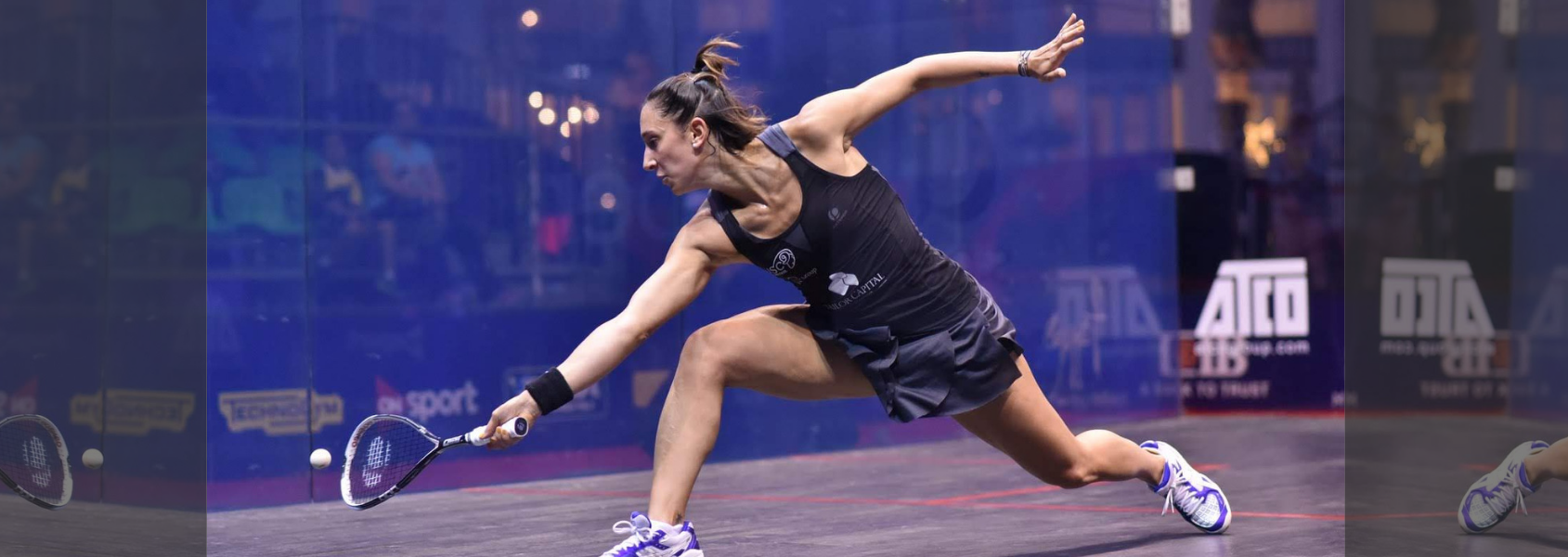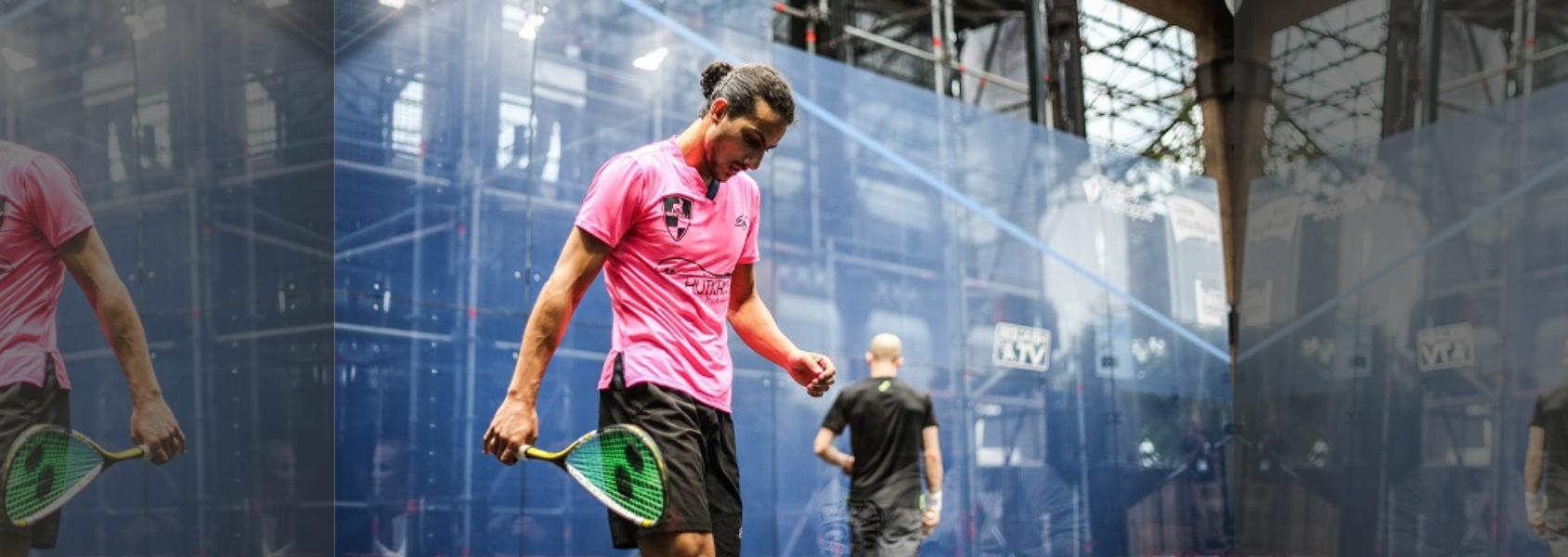Your 5-Step Guide To Creating An Effective Training Programme
Perhaps one of the biggest differences between most amateurs and professionals in respect to their training, is how much more schedule and structure there is surrounding the whole process with the pros. In contrast to the average club player where things are often taken day by day on a fairly ad hoc basis, elite-level professional players typically plot out their training dates and session plans well ahead of time, and in far more detail.
The importance of Strength Training for Squash
If you’re a squash player with serious intent to maximise your on-court performance, then developing your physical conditioning is essential. Amongst the major physical aspects, strength is one area that’s very often neglected by the squash player, perhaps due in part to the myths and misconceptions of strength training being more about big muscles and heavy dumbbells, rather than increasing actual sporting performance.
While a fast-paced, high-intensity game might not immediately seem intuitively rooted in strength, being stronger through the body is actually the foundation of all other athletic qualities.
The Formidable 5 On-Court Physical Challenges
As squash players, there’s no escaping the fact you’ve got to hit it hard in training sometimes, to prepare your mind and body for the rigours of those gruelling 5-setters. We all have our ‘favourite’(!) brutal session to undertake, but listed below are some of those used by the truly elite.
If your current court sprint/ghosting/shuttle sessions aren’t quite doing it for you anymore, then give one of these a try! Each one should take somewhere in the region of 10-20mins, with a focus very much on intensity rather than volume.
3 Important Physical Considerations For Your Return To Court
With courts starting to open up now across the world, we’re finally moving toward a gradual resumption of play. Even though the UK has lagged behind somewhat, large parts of Europe, Australia, and the US now have some court access – albeit mostly held to certain restrictions surrounding numbers of players, social distancing, and facility availability.
Endurance Training For Squash
Endurance in respect to sport, can be defined as “the ability to exert effort continuously for extended periods without tiring”. Clearly, in a game so characterised by prolonged, multi-directional, high paced rallies, endurance is a key requirement of the squash player’s physical profile – both in respect to the cardiovascular system (the heart and lungs), and the muscles themselves.
My SquashSkills Training Club Experience – Teresa Conza
What started out as an impulsive “why not join the Training Club?” (after all, a weekend of SquashSkills training camp improved my game) has evolved into many reasons why I should continue. Little did I suspect how transformative this experience would be.
400m Repeats for Squash Players
Competitive squash requires a comprehensive blend of all of the body’s different energy-producing pathways, due to the high pace, prolonged rallies, and short recovery periods inherent to the game. Using set-distance interval running sessions is a great way to help develop the necessary fitness base needed for success on the court, and 400m repeats are one of the very best of these kinds of high intensity workouts.
My SquashSkills Training Club Experience – Scott Richardson
If I’m brutally honest about myself I’d have to admit I’ve spent years talking a good game on how I’m going to get much fitter, I’m going to improve the technical side of my game, solo practice more and eventually be one of the better players in my Squash Club. I have made improvements over the years, I am fitter, I’ve won my first team matches and I was regularly practising on court alone or with a partner. However, I’ve lacked motivation from time to time and I’ve now gone on to realise I’ve kept myself training at a “comfort level”, doing what I know and probably just about maintaining my current fitness at the time.
5K for Squash Players + SquashSkills Strava Community
There are a lot of good ways to improve your squash-specific fitness, with most players typically working a blend of circuits, gym sessions, ghosting, and court sprints. Perhaps the most straightforward and enduring form of fitness training however, is simply getting outside and going for a run. Just getting out and jogging occasionally is enough for many, but for those who approach their running training with a little more focus and enthusiasm, one of the most common distance formats is the 5K.
Fitness Training at Home
While it can seem difficult to know where to start when trying to keep up with your physical conditioning while deprived access to your local squash club or gym, there are still a number of training methods and workouts you can utilise to keep on top of your fitness while away from the court.
Ghosting at Home: 3 Top Tips To Help Get You Started
Training in the current climate of quarantine and lockdown is extremely difficult. Various bodyweight focused exercises can still be utilised, and restricted space can be adapted to some degree, but getting in any truly squash-specific work is a challenge for many. With a bit of creativity and forethought however, it’s still possible to tailor even very limited training space into an area suitable to provide a taste of the ghosting exercise you’ve no doubt been missing!
Origins Part 2 – The Barringtons give their views on court sprints
Check out this clip from the Origins series that sees Joey and Jonah discuss the merits of court sprints and how you can effectively balance solo practice and physical exercise.
This 30-minute interview has been very well received and offers some light relief during these particularly difficult times.
We hope you enjoy…
5 of the Best Recovery Tools for Squash
Squash is a game that can be very tough on the body. While many squash players swear by the benefits of a good sports massage, sometimes schedule and cost will limit access to this kind of soft-tissue therapeutic intervention. The option then to be able to use an implement to do this yourself in the comfort of your own home, is an enticing one.
Top 5 Court Sprint Workouts!
Love them or hate them (and it’s probably more likely to be the latter!), court sprints are a familiar part of squash training for players of any and all levels. While some debate may surround exactly how beneficial they are in comparison to other lower impact training modalities, there’s no escaping the fact that they provide a simple, straightforward, and effective session to boost your squash-specific conditioning.
3 Top Tips for Super-Charging Your Squash-Specific Speed!
Speed is a huge asset in almost all sports, but especially so in a game like squash that relies so heavily on repeated movements to and from the ball, in both defence and attack.
11 Points on Fitness Q&A: Tom Richards
We have a brand new edition of our popular ’11 Points on Fitness’ Q&A, this time featuring English international and world number 24, Tom Richards.
Tom had a very good start to the 2019/20 season in the China Open, overcoming Egyptian world junior champion Mostafa Asal with an excellent 3/0 victory, before falling to a very narrow 3/2 loss against world no. 1 Ali Farag in the quarter-finals.
Laying a Strong Foundation
When most amateur players talk about ‘getting fitter’ for their squash, what they usually mean is that they want to increase their endurance – their ability to be able to maintain a higher work output for a longer period.
11 Points on Fitness Q&A: Mazen Hesham
We have a brand new edition of our popular ’11 Points on Fitness’ Q&A, this time featuring Egyptian star Mazen Hesham.
Mazen has been on a long road back from injury after first bursting onto the scene several years ago, but a big win over Diego Elias at this week’s British Open is a sign that he’s almost back to his best.
